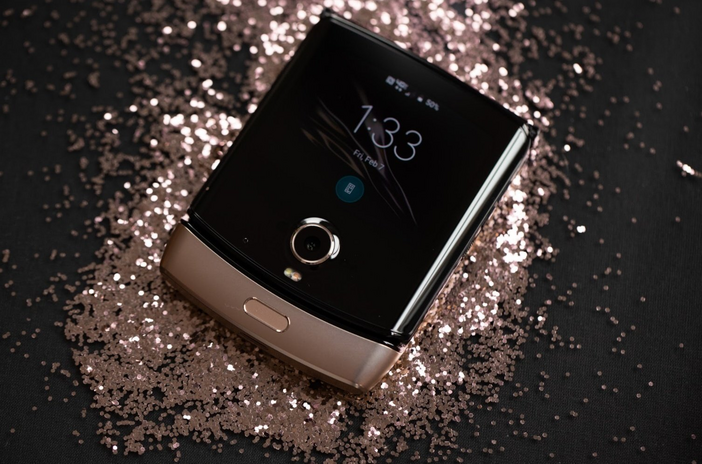The 2000s were seemingly simpler times for young adults to grow up in. Rather than iPhones with every app, smart watches, and every gadget imaginable, there were subtler ways of connecting. Pagers, that pink Motorola flip phone that everyone wanted or was lucky enough to have, and – gasp – talking to people in person to get to know them. Music was arguably much better then than it is in the current day and age (we all wanted a band-aid on our face like Nelly… or those low-rise jeans that every celebrity rocked… admit it), and things weren’t so complicated. Media consisted of trashy magazine tabloids, television shows and movies, and was not as all-consuming as it is in the current day.
The greatest difference between being a young adult in the 2000s versus the 2010s and beyond is, of course, social media. A blessing and a curse used for both benefit and harm, but ultimately, a vast difference. The hyperfixation that current young adults put on social media has negative consequences that weren’t really there before Instagram culture. Sure, the beauty standard was far different, and we’ve come a long way from the white, skinny, blonde standard, but things have been warped in a different way. On social media, anything can be edited or manipulated, which can create an unrealistic body standard for young girls and boys alike. Again, this was present in the early 2000s, however, social media makes it far more in-your-face. Rather than just seeing an airbrushed ‘flawless’ person at a red carpet event, it seems like every other ‘influencer’ and person on Instagram has it all. This leads to more comparisons, like obsessing over likes, comments, and how many followers one person has compared to another. On top of this, communication has been both improved and wrecked. While the ease of sending a text or video calling has made the COVID-19 pandemic survivable, prior to this, it could also be a point of obsession. With apps like Snapchat, there have been multiple viral Tweets and Tik Toks talking about when someone doesn’t respond to another person, the respondee checks the ‘Snap Score’ to see if they are talking to other people. The instantaneous communication that social media and the digital age of the 2010s seems to have created a deep need for constant communication, which is unhealthy to say in the least.
Compared to the 2000s, however, young adults in the 2010s and 2020s, especially, are in a more socially ‘woke’ mindframe. Homophobic and sexist jokes are no longer cool, eating disorders – while common – are glorified less in the media, and the beauty standard is no longer just white. While there’s not enough diversity and inclusion in movies and television, there have been strides. Growing up in this time period, there’s more of an emphasis on politics, unfortunately, as 20-somethings now grew up in a tumultuous time period and a point where everything shifted. There’s pros and cons to both generations, and of course, there’s not one that is ‘better’ than the other completely. Needless to say, growing up and being a young adult during the 2000s versus the 2010s/20s were completely different experiences.

